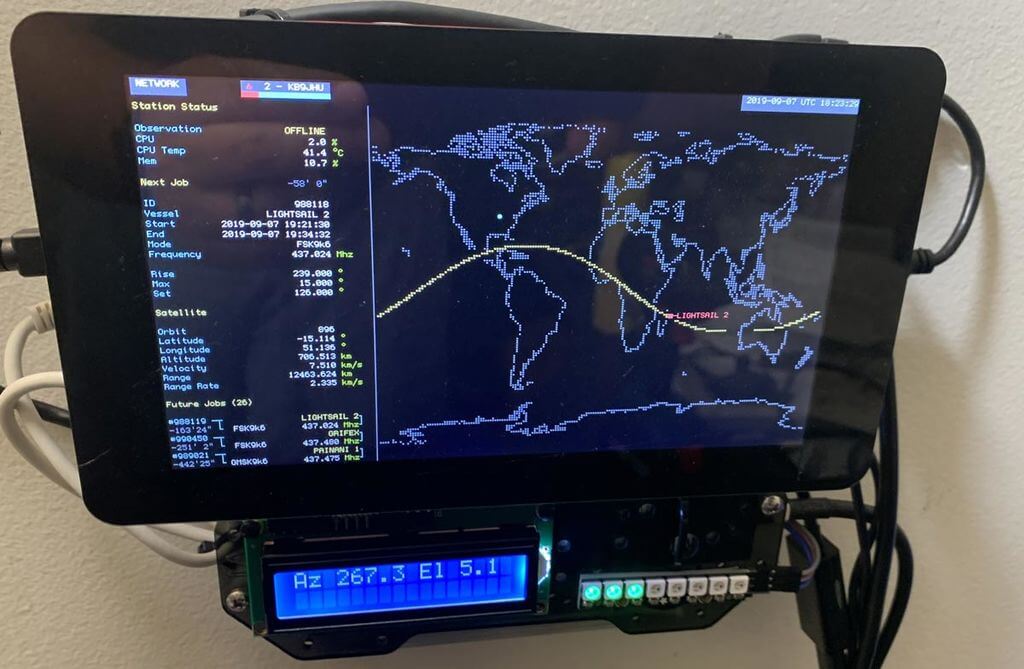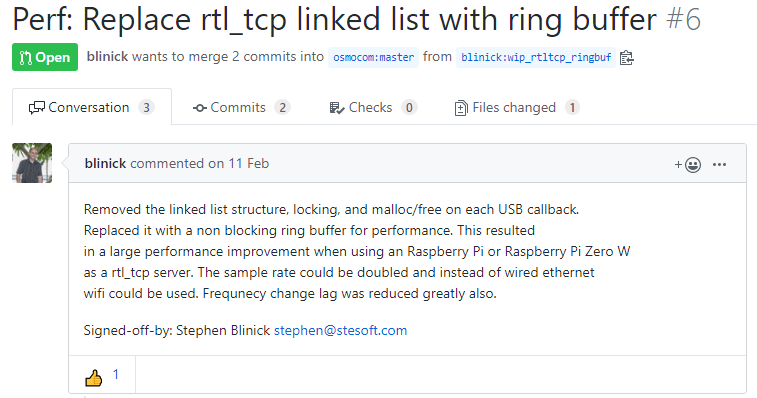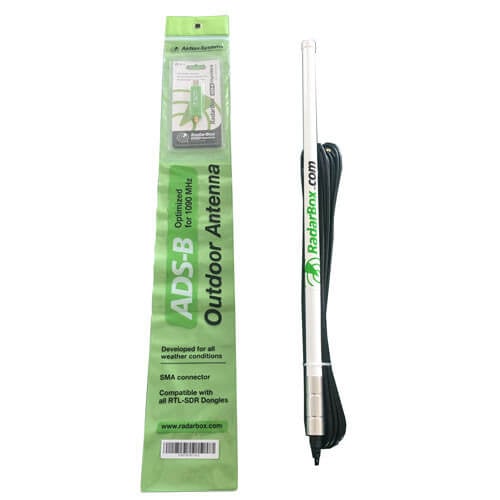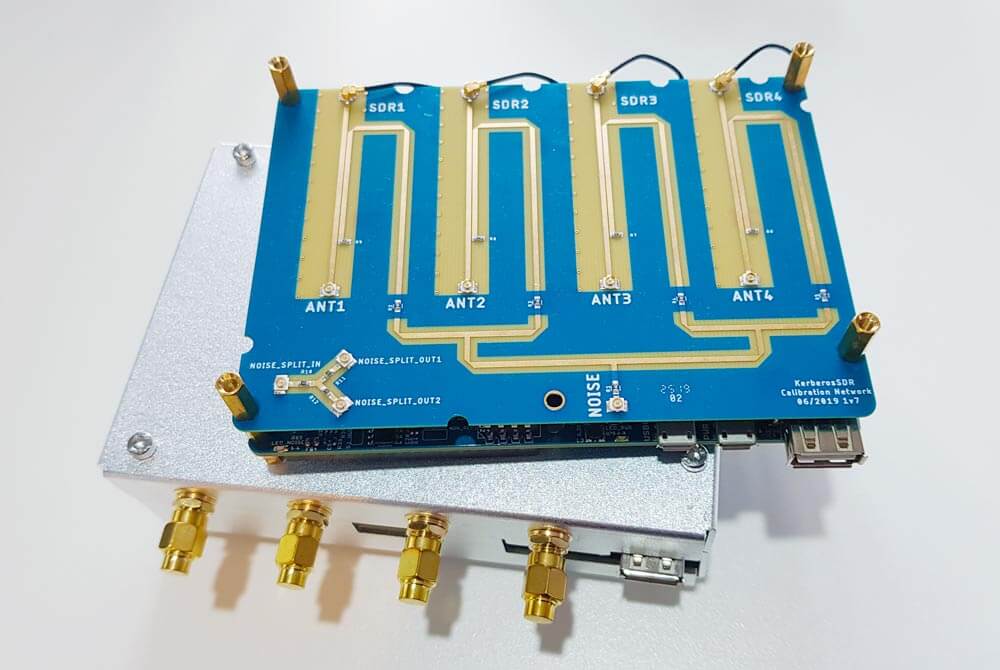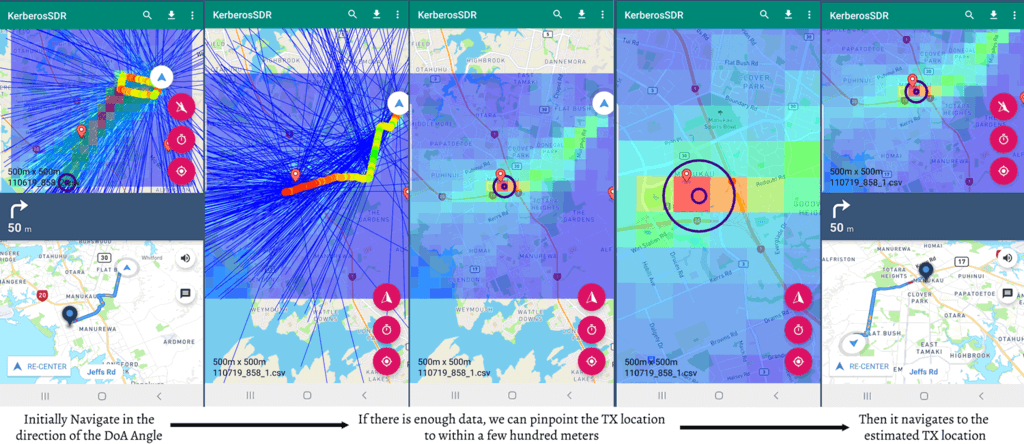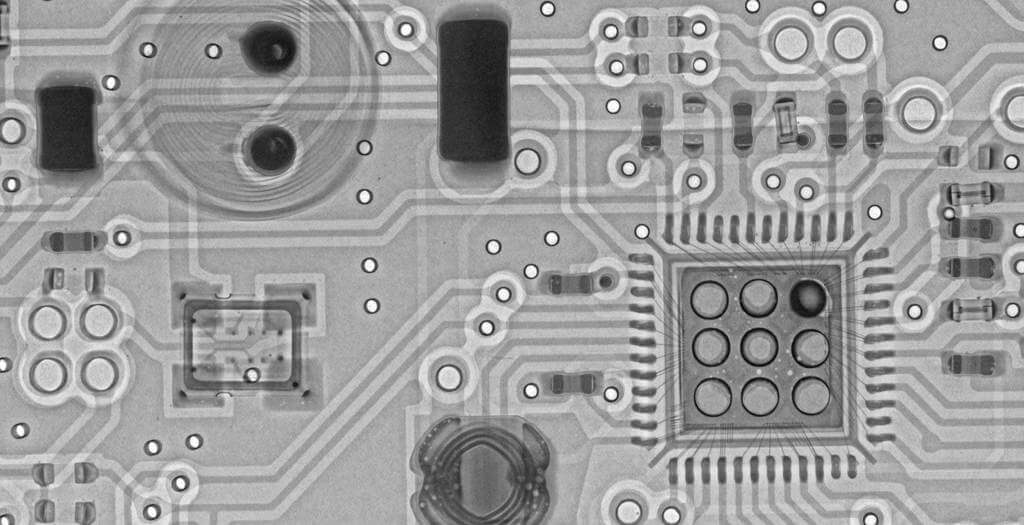A Wall Mounted SatNOGS Ground Station Monitor
If you weren't already aware, SatNOGS is an open source project that aims to make it easy for volunteers to build and run RF ground stations (typically based on RTL-SDR hardware) that automatically monitor satellite data, and upload that data to the internet for public access. This is very useful for low budget cubesats launched by schools/small organizations that don't have the resources for a worldwide monitoring network as data can be collected from all over the world no matter where the satellite is.
Over on the SatNOGS Libre Space forums, user cshields have posted about his near wall mounted SatNOGS monitoring station. With the station he's able to monitor the status of his SatNOGS station via an LCD screen and see the location of satellites that next in the queue to be received. There are also some status lights and LCD text screen for monitoring the SatNOGS rotator hardware.
The station consists of a Raspberry Pi 4, 7" LCD display, 500 GB SSD, RTL-SDR Blog V3, and an Arduino with 16x2 LCD and NeoPixel. cshields post covers the full details of the build.
